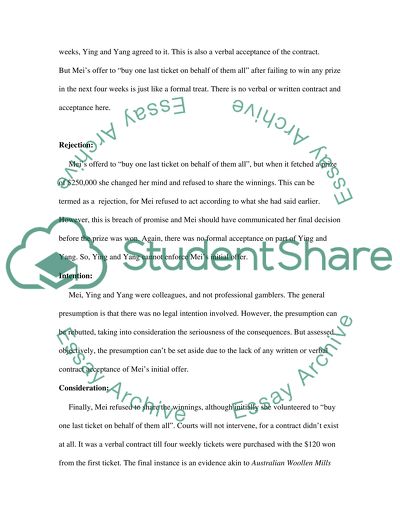Cite this document
(Analysis of Law Cases Assignment Example | Topics and Well Written Essays - 3750 words, n.d.)
Analysis of Law Cases Assignment Example | Topics and Well Written Essays - 3750 words. Retrieved from https://studentshare.org/law/1504555-law-bachelor-essay
Analysis of Law Cases Assignment Example | Topics and Well Written Essays - 3750 words. Retrieved from https://studentshare.org/law/1504555-law-bachelor-essay
(Analysis of Law Cases Assignment Example | Topics and Well Written Essays - 3750 Words)
Analysis of Law Cases Assignment Example | Topics and Well Written Essays - 3750 Words. https://studentshare.org/law/1504555-law-bachelor-essay.
Analysis of Law Cases Assignment Example | Topics and Well Written Essays - 3750 Words. https://studentshare.org/law/1504555-law-bachelor-essay.
“Analysis of Law Cases Assignment Example | Topics and Well Written Essays - 3750 Words”, n.d. https://studentshare.org/law/1504555-law-bachelor-essay.


